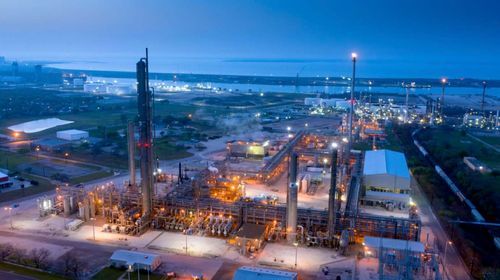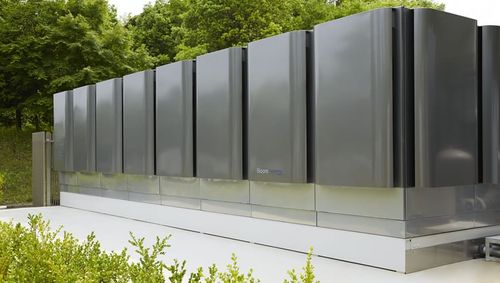Bloom Energy, a fuel cell company, plans to install a 240-kW electrolyzer at the Xcel Energy Prairie Island nuclear plant in Welch, Minnesota.
The installation is designed to augment existing clean energy nuclear infrastructure to create “immediate and scalable” pathways to produce cost-efficient and clean hydrogen while enhancing value for operators of nuclear power plants, according to a press release.
Bloom Energy’s electrolyzer – built on its solid oxide technology platform – operates at high temperatures to convert water into hydrogen. Pairing solid oxide electrolysis with nuclear energy’s technology is a preferred method of unlocking unmatched efficiencies, the release says.
The high heat and steam produced by Xcel Energy’s Prairie Island facility feeds into Bloom Energy’s electrolyzer to produce zero-carbon hydrogen more efficiently than low-temperature electrolysis alternatives like polymer electrolyte membrane (PEM) or alkaline.
These low-temperature alternatives require about 40% more electricity, providing the Bloom electrolyzer an efficiency advantage that is expected to drive down the cost of hydrogen production.
The Prairie Island facility faces extreme winter weather annually, leading Xcel Energy to specifically turn to Bloom Energy for its resiliency benefits, the release states. “Operating reliably and efficiently, we believe the installation will demonstrate how electrolyzers can leverage the energy output from nuclear to support hydrogen production even during harsh conditions,” the companies said.
Engineering for the demonstration is currently underway, with construction expected to begin in late 2023 and power-on expected in early 2024.







